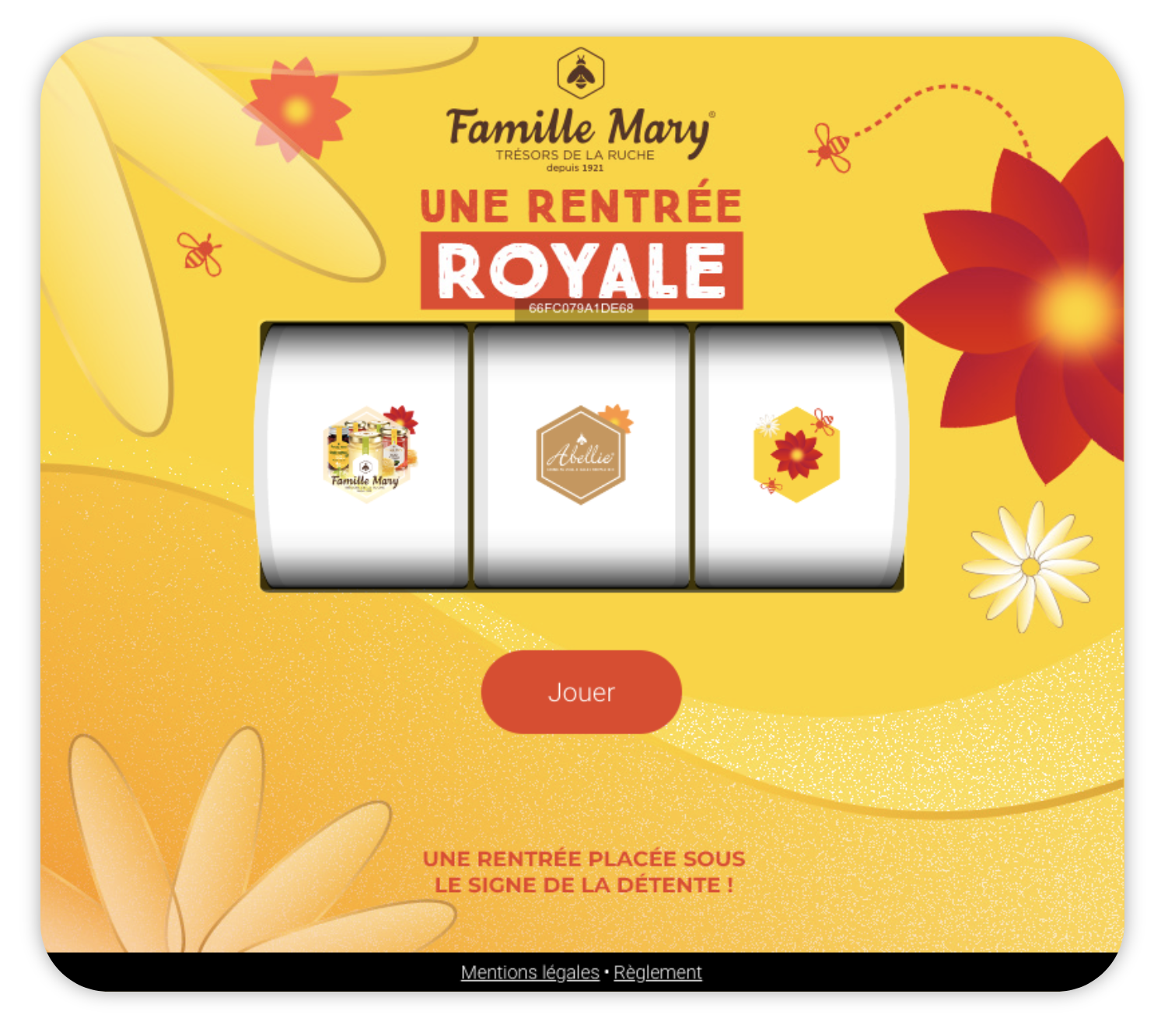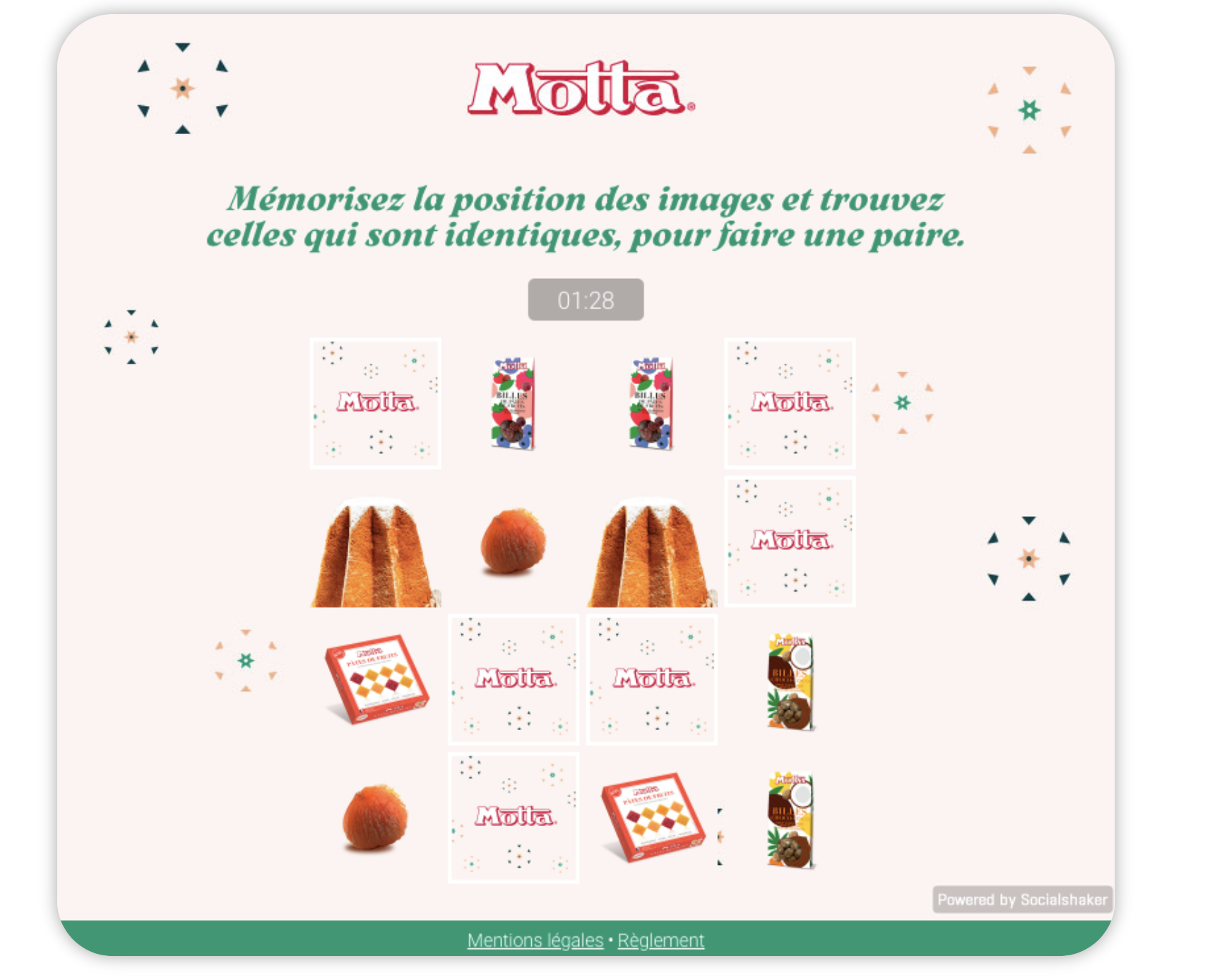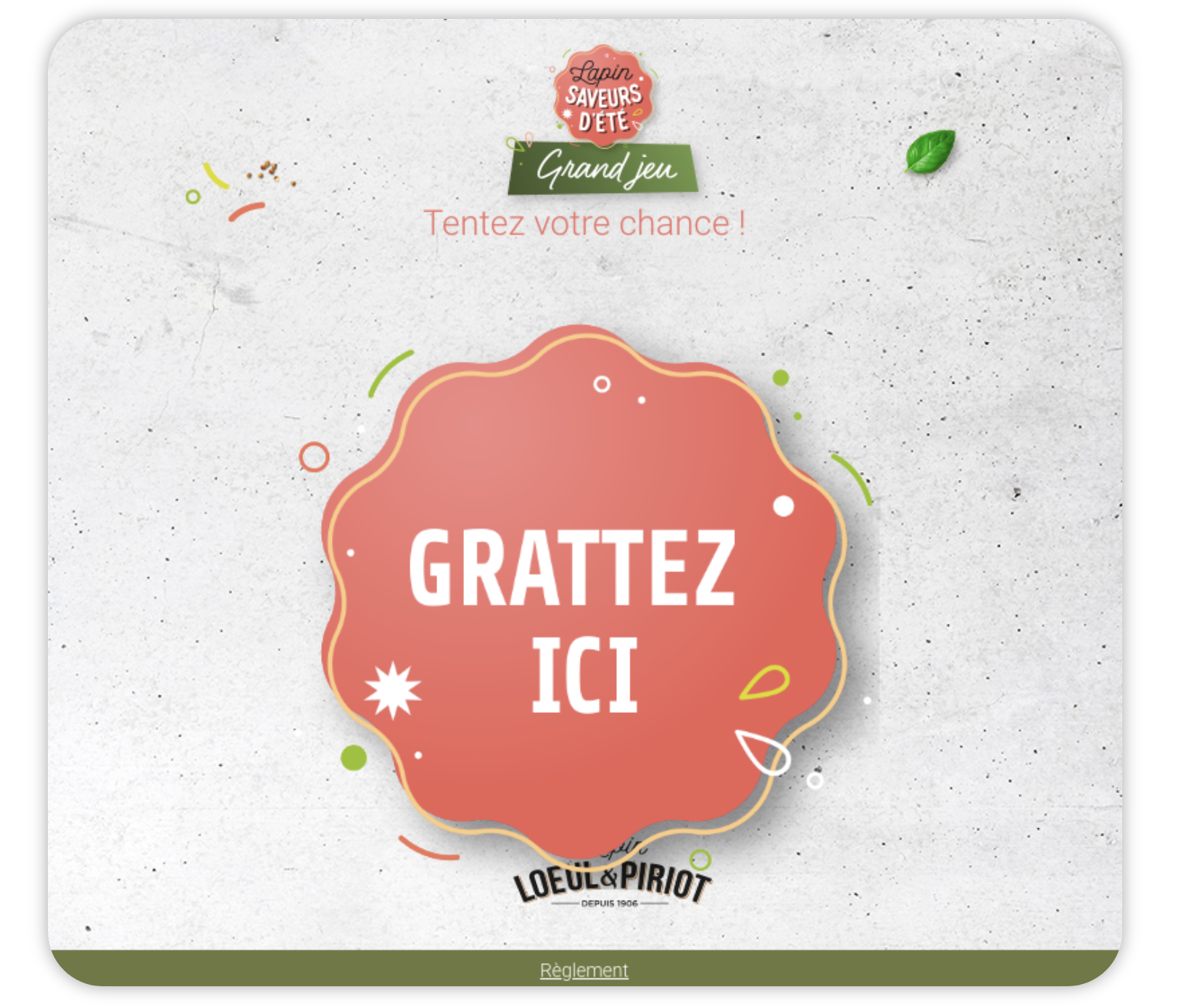The consumer goods sector is undergoing radical change. Faced with more demanding consumers, anxious to preserve their purchasing power but also to spend as little time as possible in shop, retailers can evolve thanks to innovative marketing strategies.
Online shopping and drive-ins, exclusive advantages for the most loyal customers, but also diversification of the offer to make room for more local and organic products… The players in the mass retail sector are having to implement new marketing strategies to differentiate themselves, win the loyalty of buyers and gain market share.
For these companies, gamification is an excellent way of engaging consumers both online and in-store. It’s also an opportunity to multiply the points of contact and to strengthen customer relations. Dans cet article, on se penche donc sur les avantages de cette stratégie marketing à destination de la grande consommation avec des concrete examples of playable marketing campaigns.
Consumer goods: a sector in the throes of change
Since the health crisis, but also the arrival of new 100% digital competitors (such as Amazon), mass retailing has undergone a profound transformation. Elle est aujourd’hui sommée de s’adapter aux nouvelles habitudes des acheteurs.
1. The end of hyper-consumption
Inflation has come and gone, and consumers are now more concerned about preserving their purchasing power. Overall, we are seeing a historic fall in sales volumes in the consumer goods sector, both in terms of the size of the average basket and the frequency of purchases. This trend can be explained mainly by rising prices, but also by low purchasing morale (down 9 points compared to 2015).
2. Less loyal consumers
Shoppers are also more volatile, tending to flit from one brand to another. Competition between brands, but also changing consumer habits, are primarily responsible for this decline in loyalty. Companies now have to respond to a wide range of needs: online purchasing and in-store collection, takeaway, home delivery. This means broadening their offer and their field of action, while knowing how to adapt their services to each location.
3. More responsible buyers
Today’s buyers prefer brands that are committed to the environment, and are turning to retailers whose products embrace their values (fairness, reduced plastic packaging, respect for the environment and people). Retailers must therefore not only expand their catalogue by distributing exemplary brands. But they also need to incorporate an ambitious CSR approach into their marketing in order to appeal to consumers for whom the act of buying is an increasingly transformative one.
4. Omnichannel purchasing paths
Consumer marketers must also embrace the omnichannel shift in their sector. Désormais, les parcours d’achat physiques et digitaux sont de plus en plus complémentaires, avec la généralisation du click&collect ainsi que des drive en supermarché.
Increasingly present online, supermarket chains must also capitalise on these new interactions to collect customer data and gain a better understanding of their audience’s needs. This is the key to reaching consumers wherever they are, but also to personalising their brand message and offers as much as possible.
Why gamify consumer marketing?
To create differentiating marketing campaigns and better engage consumers (both online and in-store), consumer brands can rely on gamification. En intégrant des mécaniques propres à l’univers du jeu, elles peuvent non seulement multiplier les points de contact, mais aussi créer une relation beaucoup plus profonde et fidéliser les acheteurs.
The advantage of gamified marketing is that it offers companies a wide range of formats and mechanisms that can be easily adapted to each stage of the sales funnel, as well as to different strategic objectives.
1. Boosting the brand awareness of supermarket chains
First and foremost, gamification is an excellent way of boosting your company’s visibility, all the more so in a sector as competitive as mass consumption. By focusing on fun formats and offering attractive rewards, retailers can capture shoppers’ attention more effectively.
The Famille Mary brand has relied on a game well known to users, the Bandit Manchot, to expand its audience on social networks. A travers une mécanique ludique et generous prizes, it was able to reach nearly 9,000 participants.

2. Promote your products and generate new leads
Gamification is also an effective strategy for promoting your offer in an interactive way. Plutôt que de présenter ses produits dans un format statique, la marque engage les consommateurs à découvrir par eux-mêmes ses spécificités, renforçant la mémorisation de sa proposition de valeur unique.
Through a Memory game, the Motta brand invited participants to discover the unique flavours of the Motta brand in a fun way. As well as boosting consumers’ purchase intentions, the campaign captured the personal data of 12K new leads, which it was then able to reactivate with new email campaigns.

3. Boost sales with an effective drive-to-store strategy
Interactive marketing formats are also particularly effective for redirecting leads captured online to shops. Retailers can create an omnichannel shopping experience that begins on social networks and continues on their online shop or in their physical outlets. Depending on the strategic objectives they have set themselves, the gifts distributed (such as discount vouchers, for example) can be activated on their e-shop or directly in the supermarket.
Gamification can also be used to liven up physical shops by installing interactive terminals. These can be used, for example, to capture visitor data, provide them with more relevant information about products, or even manage queues at the checkout (by means of competitions to increase the average shopping basket).
4. Reinforce brand loyalty and boost website retention
Playable marketing can also be a powerful retention lever, to maintain the relationship with the consumer after the act of purchase. For example, it can be used to offer a unique loyalty programme, through which shoppers can collect new benefits by taking part in exclusive games. It is also a highly effective tool for humanising the brand and uniting a genuine community through playful interaction.

The consumer goods industry is facing unprecedented marketing challenges. Gamification can help you boost your brand’s visibility, differentiate yourself from your competitors and, above all, better engage and retain consumers. Discover our game mechanics and create a more dynamic, high-impact omnichannel shopping experience!







